Honey bees, social insects, belong from genus Apis family Apidae, order Hymenoptera. They are among the Aculeata, a subclade of Hymenoptera family including stinging wasps.
(International Bee Research Association)
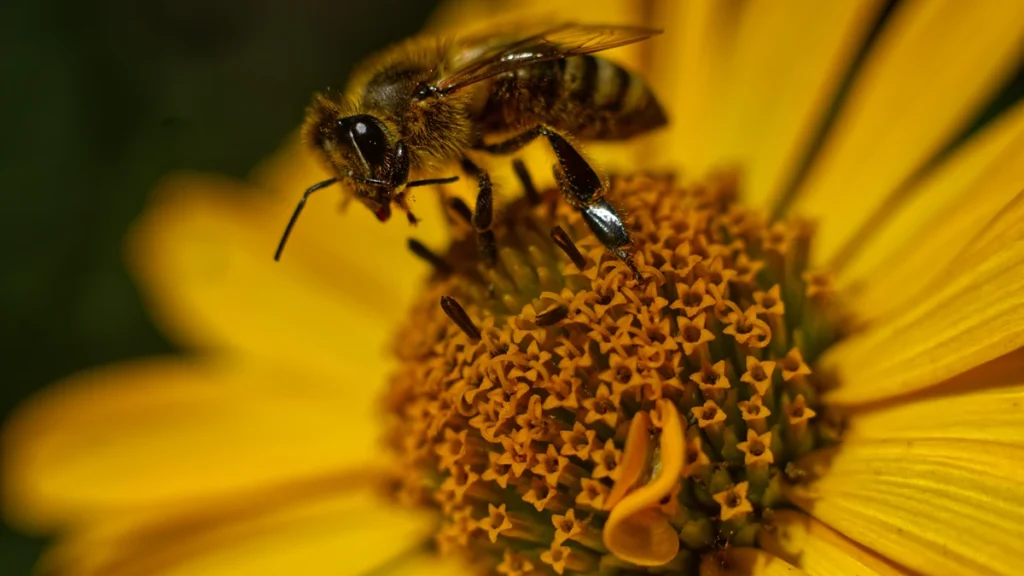
How does honey bees evolved?
Life cycle of honey bee evolved after the separation of the Americas and Australia from Eurasia or Africa and are predominantly found in Asia and Africa.
- The genus Apis probably first appeared in the Eocene epoch, part of the tertiary period in the Cenozoic Era, about fifty five 55 million years ago.
- Apis dorsata and Apis florea, tropical species, were found by the end of the Oligocene epoch, third and last major worldwide division of the Paleogene Period, twenty five million years ago.
- Apis mellifera and Apis cerana, cavity-nesting species which can also live outside the tropics, were separate species by the end of the Pliocene Epoch, second of two major worldwide divisions of the Neogene period, about two million years ago.
Therefore, the exceptionally sophisticated cavity-nesting species have likely been around for only about one-tenth of the duration as compared to the open-nesting species, which were restricted to the tropical regions with warmer climates.

How many Species are found in Apis genera?
There are thirteen known species in genus Apis. All other Apis other than A. mellifera species is native to Asia.
| Serial no. | Honeybee specie | Common name | Distribution |
| 1 | Apis mellifera | the western honey bee” or “European honey bee | Worldwide |
| 2 | Apis dorsata | Giant honey bee or the rock bee | Southeast Asia particularly India along Indus river |
| 3 | Apis breviligula | Giant honey bee | Philippines |
| 4 | Apis binghami | Giant honey bee | Sulawesi, an island of Indonesia |
| 5 | Apis laboriosa | Himalayan giant honey bee | Within the Himalayas |
| 6 | Apis florea | Red dwarf honey bee | southern and south eastern Asia particularly Iran |
| 7 | Apis andreniformis | Similar to Apis florea | southern and south eastern Asia |
| 8 | Apis cerana cerana | the Asian hive bee, the eastern honey bee, Asiatic honey bee or Asian honey bee | South, Southeast and East Asia |
| 9 | Apis cerana indica, | the Indian honey bee | India, Pakistan, Nepal, Myanmar, Bangladesh, Sri Lanka, Thailand and mainland Asia |
| 10 | Apis koschevnikovi | Koschevnikov’s honey bee, Indonesian honey bees | Malaysian and Indonesian Borneo, |
| 11 | Apis nuluensis | Indonesian honey bees | south eastern Asian island of Borneo |
| 12 | Apis nigrocincta | the Philippine honey bee | Sulawesi and Mindanao islands |
| 13 | Apis cerana japonica | the eastern honey bee | Tsushima Island and Japan |
Giant honey bees
Apis dorsata,
Apis dorsata, the rock bee or giant honey bee, primarily found in Southeast Asia. Their size is typically around 17–20 mm long and they build large outdoor single-comb hives in open places far off the ground during life cycle of honey bee particularly in locations such as tree limbs, beneath cliff overhangs, and underneath buildings. The giant honey bee is considered to be the primary honey source in India and various other tropical Asian nations and produce abundant amount of honey during life cycle of honey bee
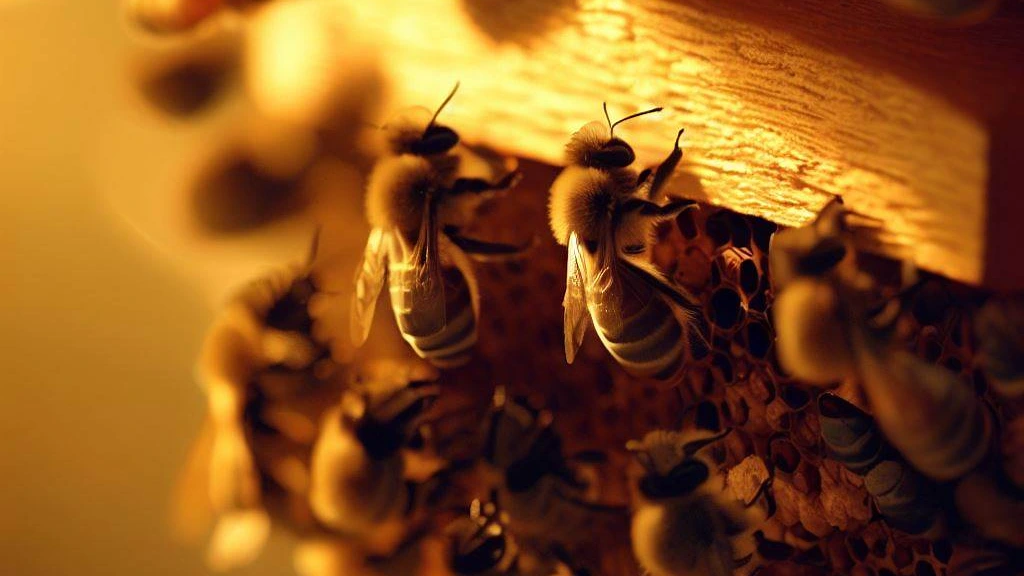
A. dorsata is distributed across the majority of the Indo-Malayan area, completing life cycle of honey bee along the Indus River in the west to the farthest point of the Indonesian island chain in the east. Its presence extends from the Himalayas to Java in the southern reaches.
There are three subspecies of Apis dorsata, has a different nest design from Apis mellifera that of the western honey bee, Apis mellifera
- Apis dorsta dorsata
- Apis dorsta binghami and
- Apis dorsta breviligula.
Himalayan giant honey bee
Apis laboriosa
Apis laboriosa, is even greater size, inhabits regions within the Himalayas that are too elevated for A. dorsata to thrive. A. laboriosa nests up to 3000 m, whereas A. dorsata rarely nests above 1250 m. Apis laboriosa is the largest honey bee of the world and adult bee measure up to 3.0 cm in length
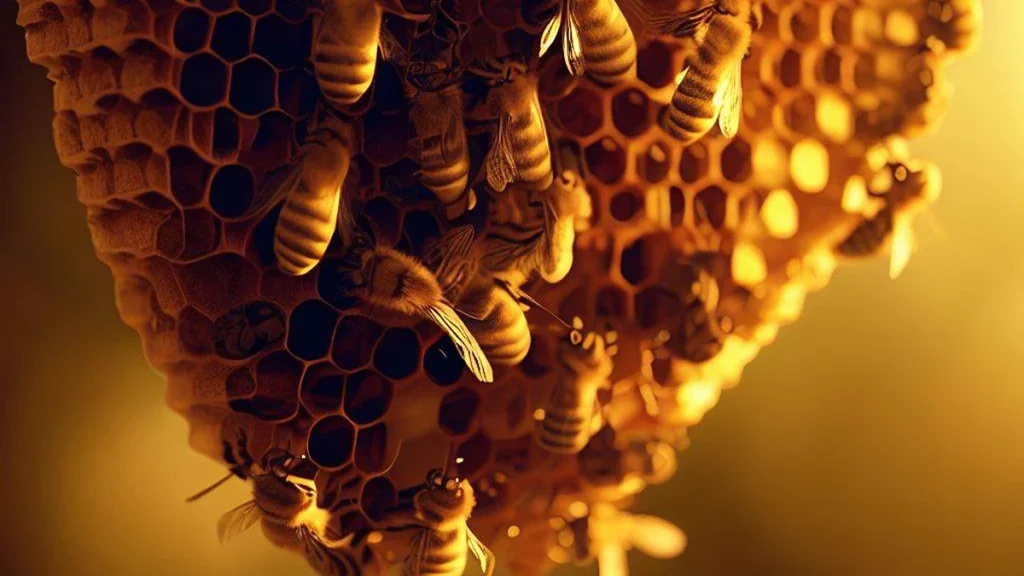
Dwarf honey bees
Apis florea
Apis florea, the dwarf honey bee, is one of two species of small, red coloured wild honey bees of southern and south eastern Asia. Apis florea has a much wider distribution than its sister species, Apis andreniformis but both have similar life cycle of honey bee. A. florea, small specie, smaller than A. cerana, is widespread below around 500 m and is capable of living in drier areas than A. dorsata.
Presence of A. florea also reported along the Persian Gulf within Iran and Iraq, as well as across the Arabian Peninsula. Due to anthropogenic activities, it managed to extend its spread along the coast, west of the Indus Valley and also to Sudan for completing life cycle of honey bee in these regions.
A. florea is typically found in arid, hot environments at altitudes below 500 meters; in certain locations, it’s the sole honey bee capable of survival. However, its eastern range is not as extensive as that of A. dorsata, potentially due to A. florea’s inability to traverse wide sea channels.
Apis andreniformis
Apis andreniformis, similar to A. florea, is found in southern China, Myanmar (Burma), Palawan in the Philippines, Thailand, Indonesia, Laos, and Vietnam. It is likely that certain early observations regarding A. florea within these regions might actually pertain to A. andreniformis because of similarity in appearance and life cycle of honey bee.
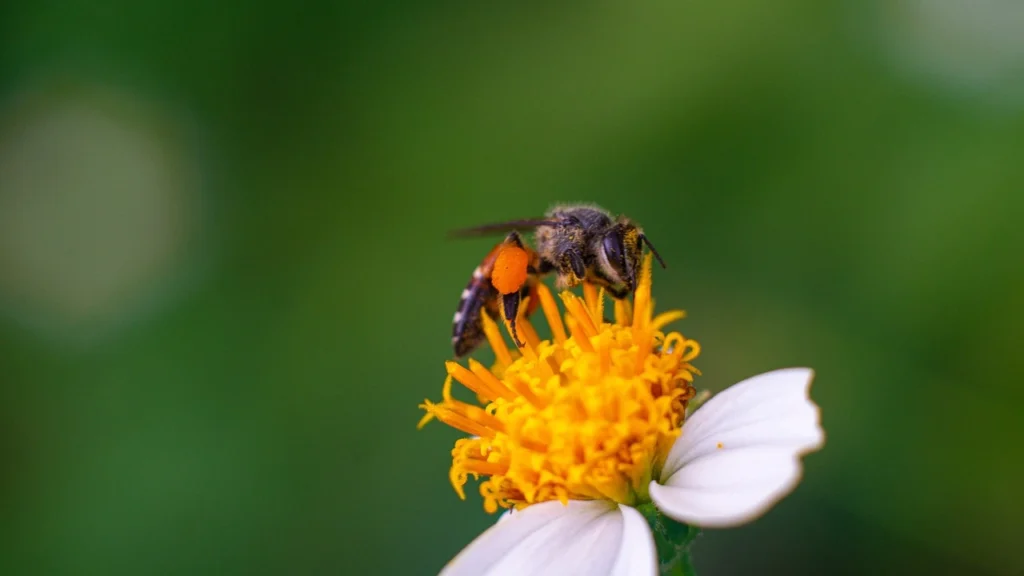
Eastern honey bee
Apis cerana, the eastern honey bee, is a species of honey bee native to South, Southeast and East Asia. Apis cerana is considered the sister species of Apis koschevnikovi A. cerana, the Asian hive bee, raised in hives for completion of life cycle of honey bee, both within the temperate zone and the tropics, it is smaller in size and during life cycle of honey bee, it makes smaller colonies as compared to A. mellifera.
There are several subspecies of Apis cerana including
- Apis cerana cerana
- Apis cerana indica
- Apis cerana japonica
- Apis cerana koschevnikovi
- Apis cerana nigrocincta
- Apis cerana nuluensis
Following the introduction of A. mellifera to eastern Asia, A. cerana faced confinement in native flora. Then, during 1985-1986, colonies of A. cerana were transported from one of the Indonesian islands to Irian Jaya, a part of New Guinea which falls under Indonesian territory. Subsequently, the life cycle of honeybees started and they extended their reach to Papua New Guinea by 1987 and islands within the Torres Strait by 1993 due to successful completion of life cycle of honey bee in these regions.
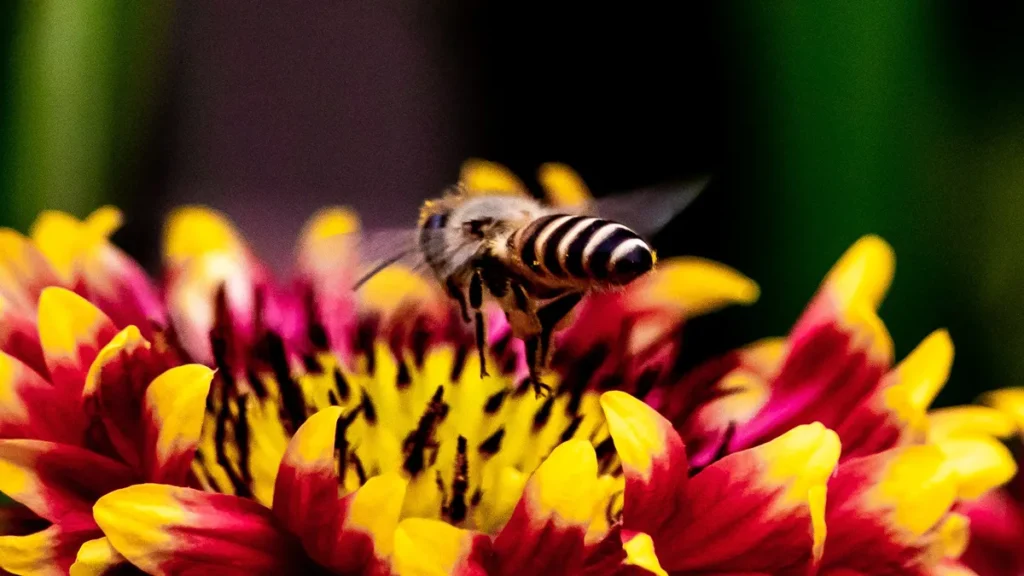
By 2000, they were identified (and subsequently eradicated) in Brisbane, Australia. Vigorous measures have been taken to stop life cycle of honeybees to stop any further penetration and proliferation of this bee within Australia. Such preventive actions are deemed necessary because the bee would likely carry the varroa mite, a parasite that is of serious economic importance for apiculture industry.
Apis cerana koschevnikovi
Apis cerana koschevnikovi, Koschevnikov’s honey bee, is honey bee specie found in Malaysian and Indonesian Borneo. Koschevnikov’s honey bee sympatrically lives with other honey bees i.e. Apis cerana and has similar life cycle of honey bee as well.
Apis cerana indica
Apis cerana indica, the Indian honey bee, is one of the predominant honey bees found and domesticated in India, Pakistan, Nepal, Myanmar, Bangladesh, Sri Lanka, Thailand and mainland Asia. They are relatively non-aggressive and exhibit swarming behaviour rarely during life cycle of honey bee which is considered ideal for beekeeping.
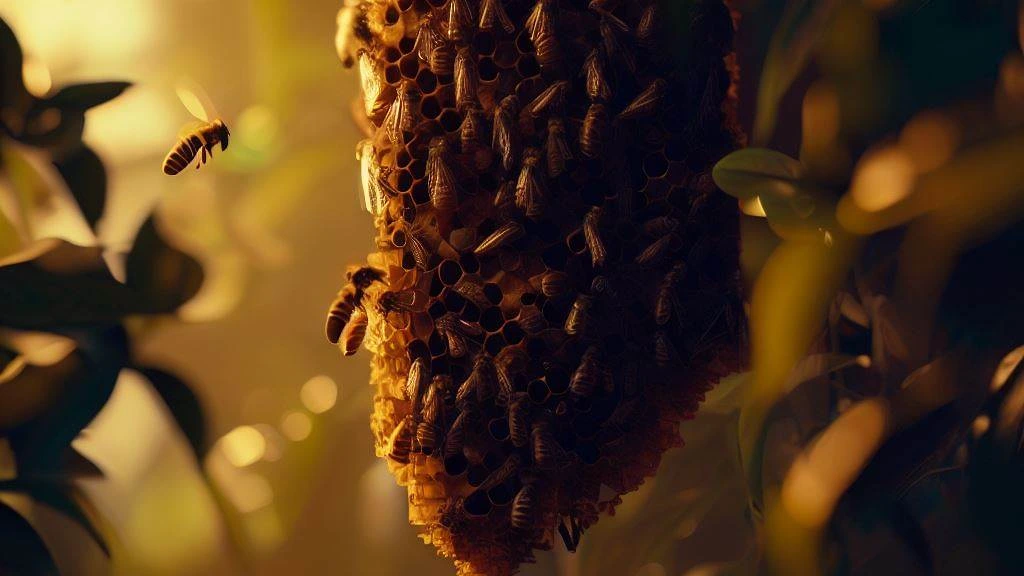
The western honey bee
Apis mellifera
Apis.mellifera also called “the western honey bee” or “European honey bee” is the most common species of honey bees throughout world. Apis is a Latin word which means “bee” while mellifera means “honey-bearing” or “honey carrying” in Latin referring to production of honey. Apis.mellifera is the main source of the best food substance called honey-– the liquid gold.
Apis.mellifera is the most important species to humans which has been introduced globally for use in beekeeping, domesticated before 2600B. Apis.mellifera is native throughout Africa, the Middle East, and Europe except for the far north regions. However, Apis.mellifera is used in beekeeping throughout the world nowadays.
What are the gender/castes of honeybees?
The reproduction of individual bees takes place in the colony during life cycle of honey bee, and each colony normally contains three castes including
- Queen bee: single mated female
- Worker bees: many non-reproductive females
- Drones: a smaller number of reproductive males, during the reproductive season.
What does it mean by swarming in life cycle of honey bee?
It is a natural behavior of a honeybee’s colony during life cycle of honey bee, when a large group of worker bees, along with a queen, leave the original hive to establish a new colony when the original hive becomes overcrowded. Therefore, bees produce a new queen that takes over the old hive while the swarmed group sets out to find a new nesting location. Swarming is a way for honeybees to reproduce and expand their population during life cycle of honeybees.
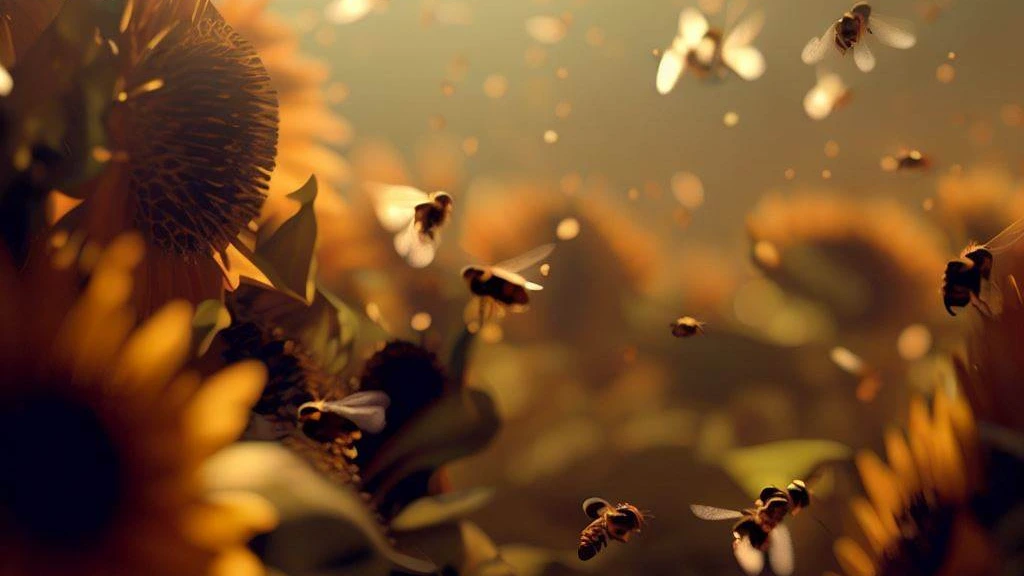
Colonies reproduce in life cycle of honey bee by swarming normally during summer season when abundant food is available. The workers take care of several young queens, each in a special queen cell. However, only one young colony is selected for mating and heads the colony while others are killed. The old queen and almost half the workers of the colony leave as a swarm, and find a new nest site to start a new life cycle of honey bee.
Why honeybees migrate in life cycle of honey bee?
In tropical regions, temperatures remain consistently warm enough to support plant flowering and bee flight throughout the year. The activity of colonies is primarily influenced by rainfall rather than temperature. The tropical climate follows two distinct seasonal cycles, resulting in smaller colony sizes and reduced honey storage compared to temperate zones.
In cases where the food reserves within an A. mellifera colony become insufficient during periods of scarcity, the colony might abandon its hive and relocate to a nearby area where plants are just beginning to bloom. In this new location, the bees reconstruct their combs to establish a new nest. These movements are known as absconding or migration, and managing them is a vital aspect of beekeeping practices in tropical regions, particularly in Africa.
How subspecies originate and distributed?
In the era of Ice Ages, A. mellifera was restricted by geographical features like mountains in Europe, leading to its confinement within distinct regions. Within these regions, the species underwent diversification after several life cycle of honey bee, giving rise to various subspecies or races.
What is the mating behavior in life cycle of honey bee?
Honey bees mate during flight; the reproductive process of life cycle of honey bee has been well studied in detail in A. mellifera, usually involves three stages.
- A queen flies out, when only a few days old >16 days, and attracts drones that are flying in the area by producing the pheromones. All Apis species queen bees attract drones through pheromone (9-oxo-transdecenoic acid).
- Drones follow her, if a drone successfully clasps the queen with his legs, his endophallus (drone genitalia) is everted and the process of mating occurs.
- After mating, when they separate, part of endophallus remains in the queen, and he dies eventually.
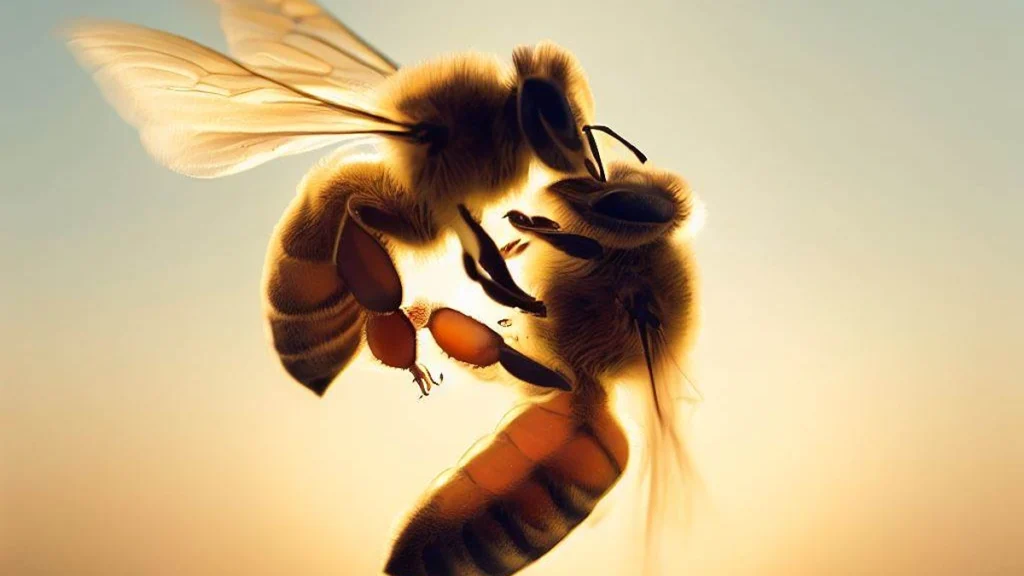
Queen mates more than once usually on the same flight, and stores the semen or male genetic material in a structure called spermathecal, which allows them to control the fertilization of their eggs. Thus queens are capable of laying both unfertilized or fertilized eggs. Unfertilized eggs develop into drones, however fertilized eggs develop into females (workers or virgin queens). Eggs destined to develop into a queens after completion of life cycle of honey bee are deposited in queen cells, larger and vertical cells in the honeycomb or beehive.
What is the history of A. mellifera introduction in different continents?
After 1600, A. mellifera was firstly introduced in new to new continents from Europe, which flourished apiculture in many countries. Afterwards, subsequent introductions also introduced diseases or parasites which were not previously present causing damage.
In the late 1800s, after the invention of the movable-frame hive, a strong focus emerged on enhancing honey bee productivity. This led to transport of honeybee colonies of various races from the old World to different continents. Notably, Italian bees exhibited exceptional honey storage capabilities, particularly thriving in warm areas characterized by consistent and abundant nectar sources collected throughout life cycle of honey bee.
During the 1900s, scientists introduced exotic honeybees species and races in Europe for experimental purposes, but all were unable to survive in the wild.
What are the disadvantages of honeybees introduction in different areas?
Hybridized population of honeybees
Introducing honey bees to novel tropical or subtropical regions can trigger extensive repercussions. In 1956, an endeavor was made to enhance beekeeping in Brazil by importing honey bee queens from southern Africa. As a result European-origin bees faced challenges however, due to an incident, a handful of African queens escaped accompanied by swarms.
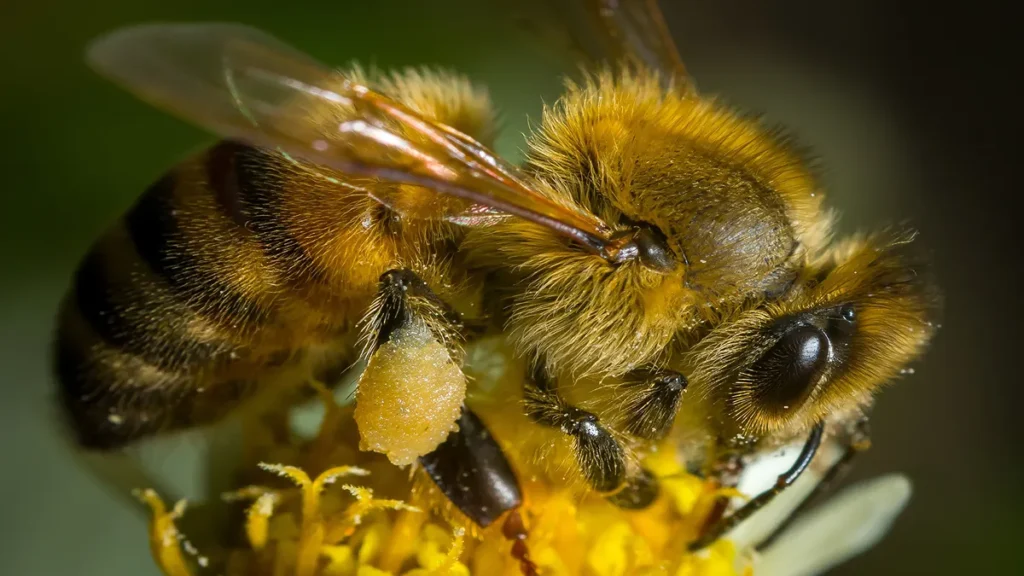
This led to interbreeding with European-origin bees, resulting in a hybridized population known as “Africanized” bees. These hybrid bees possessed attributes that enabled them to assert dominance over the pre-existing “European” bees in the tropical American landscapes. Their expansion was swift, as they reached the Amazon by 1971, the northern coast by 1977, Mexico by 1986, and subsequently various southern states of the United States.
Reduce pollination in plants
Within warmer climates, numerous indigenous plants often rely on the pollination efforts of small bees (Apoidea). However, the introduction of larger A. mellifera colonies can lead to a decline in the populations of these smaller bees. This, in turn, poses a threat to the reproductive processes of these native plants. Instances of this issue have been documented in both Australia and Brazil.
Introduce diseases or parasites
A. mellifera introduction in many countries also introduced diseases or parasites, at different stages of life cycle of honey bee, which were not previously present causing damage to beekeeping industry
Frequently Asked Questions
1. Are honey bees all over the world?
They evolved after the separation of the Americas and Australia from Eurasia/Africa and are native only in the Old World. There are almost 20,000 bee species worldwide, including the honey bee. Apis genera includes 11 known species and 43 subspecies of honey bees. Honey bees originated in Eurasia and native in Asia mainly except Apis mellifera, which is domesticated throughout the world and used for the purpose of honey production at commercial level.
2. What is the most common type of honey bee?
Apis mellifera also called“European honey bee” or “western honey bee” is the most common of the 13 species of honey bees throughout. Latin word Apis means “bee” and mellifera is used for “honey-bearing” or “honey carrying” in Latin which indicates production of honey. Apis.mellifera is the most important species to humans which has been introduced globally for use in beekeeping, domesticated before 2600B. Apis.mellifera is native throughout Africa, the Middle East, and Europe except for the far north regions. However, Apis.mellifera is used in beekeeping throughout the world nowadays.
3. How many honey bees are in the world?
All other Apis other than A. mellifera species is native to Asia (India, Pakistan, Bangladesh) Out of which India is the world’s most active honey bee friendly country with 12.2 million beehives where almost 10,000 honey bees live in a single beehive makin India home to 122 billion honey bees.
4. What is the largest honey bee?
Apis laboriosa, Himalayan giant honey bee,
Apis laboriosa, the largest extant honey bee species in the world, which inhabits regions within the Himalayas at high altitudes. A. laboriosa nests up to 3000 m, whereas A. dorsata rarely nests above 1250 m. Apis laboriosa is the largest honey bee of the world and adult bee measure up to 3.0 cm(1.2 inch) in length. The scutellum (dorsal side of thorax) is dark brown to black with long yellowish hairs.
5.What is the best honey bee in the world?
Apis mellifera also called“European honey bee” or “western honey bee” is the best honey bee so far because it is domesticated throughout the world successfully for honey production and crop pollination.
6. Are all honey bees female?
No, not all bees are females but honeybees have three categories or castes generally including
- Queen bee: single mated female
- Worker bees: many non-reproductive females
- Drones: a smaller number of reproductive males, during the reproductive season
7. Can bees eat honey?
Yes, Honeybees feed diet consists of honey and pollen. They feed 25 % of honey for themselves throughout life cycle of honey bee to get carbohydrates while get proteins from pollen collected by worker bees.
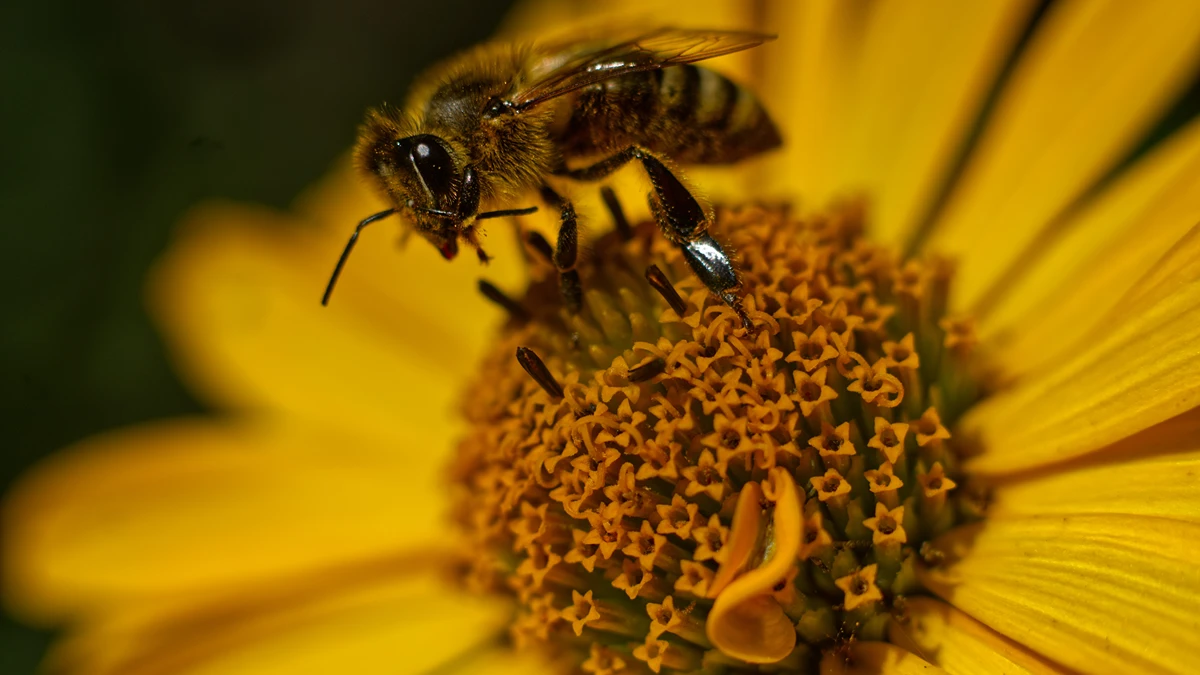
very good blog
very informative